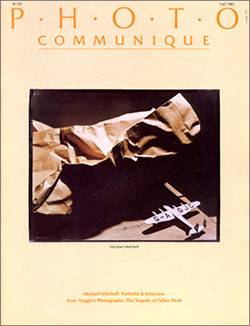1983 – New Neighbours, Old Friends
New Neighbors, Old Friends
Morristown’s Italian Community 1880-1980
James V. Costanzo, Sr., The Morris County Historical Society, New Jersey 1982;
177 pp.; softcover
“Oh, no,” I thought when I first picked up New Neighbors, Old Friends, “another snapshot collection posing as ethnic history.” Some weeks later, my opinion is rather different: this book has a lot to say.
Subtitled Morristown’s Italian Community 1880-1980, this volume was collected from family albums by James V. Costanzo, Sr. It has an excellent introduction by Dr. Francesco Cordasco of Montclair (N.J.) State College, and is published by the Morris County Historical Society of Morristown, New Jersey. The title describes the contents pretty well and the photographs themselves are what one would expect — some are terrific, many are mediocre and the reproductions are unfortunately too light. But the cumulative effect of looking at so many proud faces is strangely moving, and the fact that the book deals with one specific community as a microcosm of Italian immigrant life (rather than trying to achieve a wider cross section which would dilute this effect though it might make for more impressive individual images) represents a sensible editorial decision.
In addition to the fact that the photographs’ human qualities linger in the mind so long, another impressive aspect of this book is the text. Not that it’s great writing; just that it has an effect. Again, certain aspects are predictable but what stays in the mind are the unspectacular, but solid attributes of Morristown’s Italians: strength, adaptability, real appreciation for the opportunities provided by North America, an incredible — in the me-generation 1980s, an unthinkable — capacity for work and a total commitment to family and community. Page after page of recollections about long hours and early working conditions — descriptions without the faintest trace of self-pity — make remarkable reading. Plentiful descriptions of family life and its importance, made without sentimentality or exaggeration, make contemporary North American family life seem forced and anemic. And the fact that North America owes important aspects of its culture to the presence of immigrant peoples is made abundantly clear, without ever being stated directly, by both photographs and text.
New Neighbors, Old Friends will correct many assumptions and put certain contemporary values in a different context. It provides much information, of local origin but universal applicability, and will return much human experience: if you can find a copy, give it more than a casual glance.

